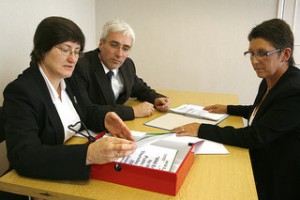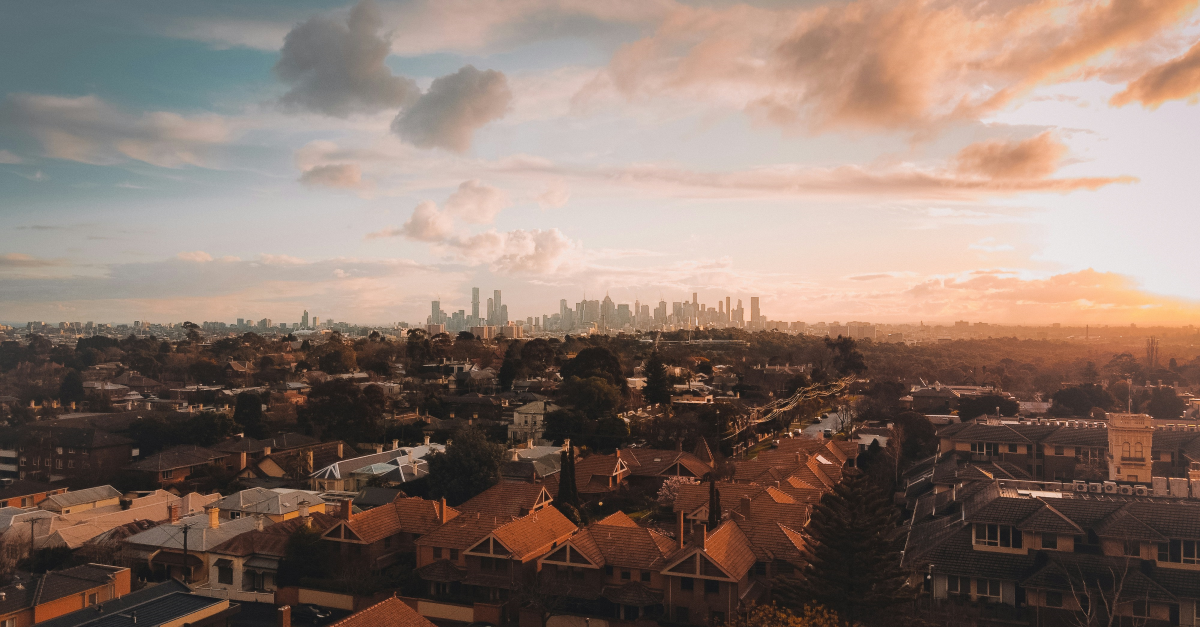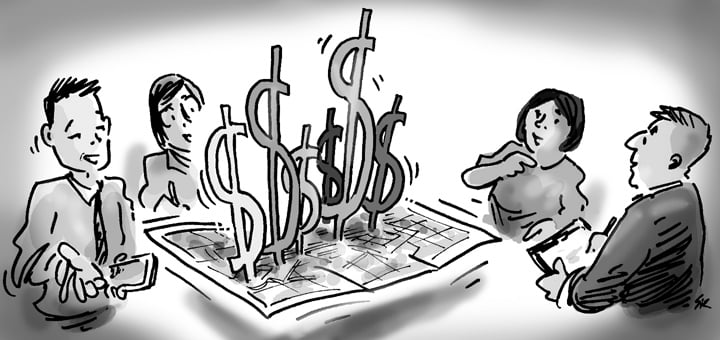Many New Zealand councils are still up to their armpits in the 2012 Long Term Plan (LTP) consultation. It’s a huge undertaking and one of the most important consultation tasks conducted by councils. I talked a little in my last blog about how much resource is put into public consultation these days, so I pose the question …
How do you know when your public consultation has been effective?

This is a multi-choice question, and you can select one or more answer (and you may have other answers) ….
The consultation has been effective when…
- the process has met all legal requirements
- the information has had good reach into the community
- the community has responded with high numbers of submissions
- the community’s understanding and awareness of council activity has improved as a result
- community buy-in to the final decision has increased
- good new ideas have surfaced in the submissions
- the council/community relationship has been improved as a result of the consultation
- feelings of citizenship increase as the result of participation
- the consultation submissions accurately represent the priorities, thoughts and aspirations of the community
- the submissions help councillors to make a good decision
Was this a trick question?
Not really, in that all those outcomes are positive. Most consultation programmes are designed with the objectives of reach, response, awareness, understanding, and engagement. However, I bring up the point to discuss a key purpose of consultation – that of gathering representative comment from the community. Only by doing so can consultation support councillors to make informed decisions on behalf of communities.
In New Zealand, it has only been in the last decade that consultation requirements have expanded to include most significant council decisions. One of the main reasons for this is the increasing diversity of communities. How can a handful of councillors represent the many priorities of different communities of interest? The theory of participative democracy is all well and good, however in practice how useful is consultation when the resulting submissions fail to represent the community’s perceptions?
In my next blog I’ll look at how demographic characteristics link to community agendas and why it’s important to know your community and who you are hearing from.
If you have any thoughts or tips on making a consultation effective, please leave us a comment.
To access detailed demographic information about local communities, access .id’s free demographic resource centre at www.id.com.au










